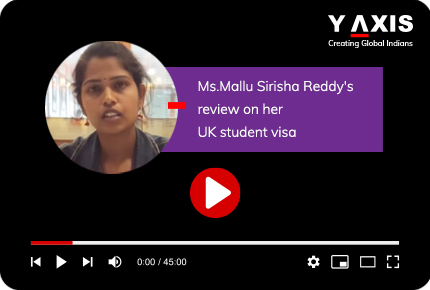Posted on March 21 2015
What Businesses Need to Know About Immigration Visas
By , Editor
Updated April 27 2023
Immigration options for businesses
Currently, foreign professionals looking to work in the U.S. have three visa options. The most common is the H-1B visa for which an employee must have at least a bachelor’s degree or its equivalent to qualify. U.S. businesses use the H-1B visa program to employ foreign workers in specialty occupations such as scientist, engineer or computer programmer. The present annual government cap is set at 65,000 H-1B visas with an additional 20,000 visas allocated for workers with a master’s degree or higher.
The second option is the L-1 visa, which allows for an inter-company transfer of a qualified employee from a related foreign company or subsidiary. There are two options here: The L-1A visa is for executives and managers and the L-1B visa is for employees with specialized knowledge of the company’s product, processes or procedures. To qualify, the applicant must have been employed by the related company abroad at least one out of the past three years.
Finally, the E-1 or E-2 visa allows for the hiring of foreign executives, managers and other essential employees. These visas are broken down by certain treaty agreements the United States holds with individual countries. Nationals from these countries who have undertaken a significant amount of international trade with the United States may qualify for an E-1 visa. Nationals who have made a significant U.S. investment may qualify for the E-2.
H-1B visas and their limits
The H-1B visa is the most common option for the majority of companies hiring foreign professionals. As noted, the H-1B is issued for specialty occupations, requires theoretical and practical application of a body of specialized knowledge and requires the applicant to hold at least a bachelor's degree or its equivalent.
Because of the limited number of these visas the government makes available, the state of the U.S. economy (and the growth of individual sectors, like tech) impacts the number of H-1B visas people may apply for.
For example, the United States has 100,000 employing software and information technology (IT) services companies; and 99 percent are small- and medium-size firms (i.e., under 500 employees). Yet, we estimate that the top 1 percent of companies in terms of size will capture at least 30 percent of the H-1B visas available based on their expansive resources. While other options are available to technology companies, the H-1B visa is the most secure for workers looking to maintain steady employment inside the United States. Because of this fact, the H-1B cap in 2013 was exhausted on the first day of filing!
The process to obtain a H-1B visa is straightforward: It requires the H-1B visa application, payment of assigned fees and an interview at the appropriate consulate. The process can take two to six months (six months being the worst-case scenario). And legal fees for the applicant visa can run anywhere between $2,500 and $6000, while government fees run around $3,000.
Considering that the filing deadline for the H-1B is in April, interested companies should act right away.
Immigration reform and attracting talent
Immigration in my mind comes down to one thing -- access to and retention of talent. But current immigration laws, especially those surrounding H-1B visas, were not crafted to consider the growing global economy and the rapid search for talent abroad. We need change and we need it quickly.
Meanwhile, other opportunities exist throughout the world, and in a global economy, talent will go where it is most welcome and where people perceive the greatest advantage. We cannot be ignorant to the fact that other countries will lure talent away or that every technology company, including thousands with fewer than 10 employees, is seeking foreign talent, primarily through that limited number of H-1B visas.
Yet these visas are being issued on a first-come, first-served basis, for a flat fee, and the number is arbitrarily capped. The result is that small and medium businesses are suffering. Larger technology companies, with greater hiring predictability and pipelines for potential employees, know the exact number of H-1Bs they’ll need to file in any year. This gives them a substantial leg up in the current application process. Smaller, faster-moving companies, with far less hiring predictability, have less time to prepare for H-1B applications, so they encounter higher legal costs and fewer successful H-1B Visa applications.
We should level the playing field, reduce the legal/regulatory barriers for companies seeking to import workers with special skills and raise the minimum number of visas available, tripling the current cap.
For more news and updates, assistance with your visa needs or for a Free Assessment of your profile for Immigration or Work Visa’s just visit www.y-axis.com
Tags:
Share
Options for you by Y-Axis
Get it on your mobile
Get News alerts
Contact Y-Axis

